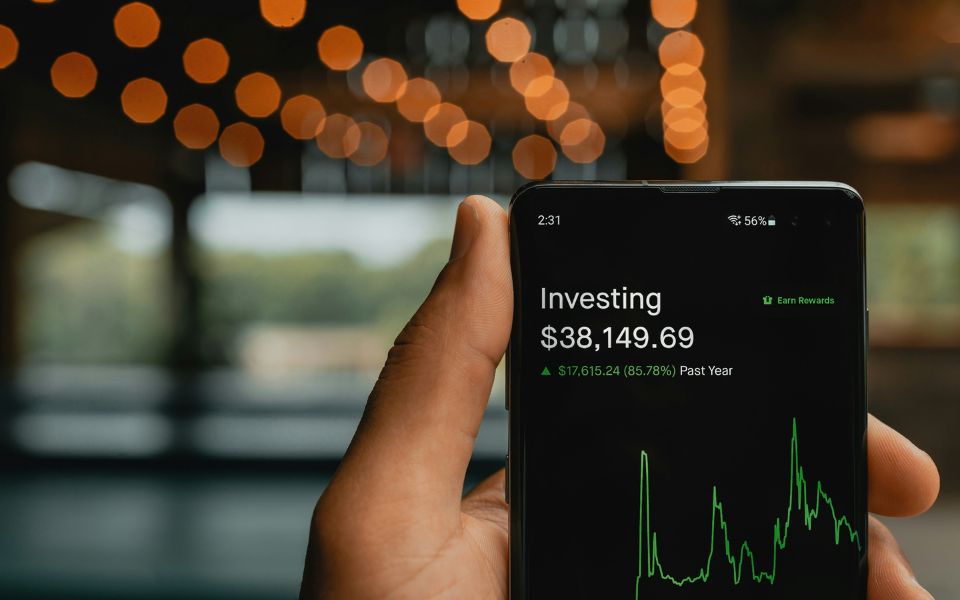Rate volatility, geopolitical flashpoints, and cooling global growth. The game of stocks is a risky one. Plus, the unpredictability is beyond the roof here. Investors are increasingly looking for safety over speculation. Enter the defensive portfolio: your shield in stormy financial weather.
But What Exactly Makes a Portfolio “Defensive”?
Defensive stocks belong to industries that provide essential goods and services—things people need regardless of economic conditions. These include:
- Healthcare (e.g., Johnson & Johnson, Pfizer)
- Utilities (e.g., Duke Energy, NextEra Energy)
- Consumer Staples (e.g., Procter & Gamble, Coca-Cola)
- Telecommunications (e.g., Verizon, AT&T)
These companies tend to have stable earnings, consistent dividends, and lower-than-average volatility, making them attractive during market downturns.
Why Now?
Global markets have had a rocky first half of 2025. Though inflation is moderating in the U.S., interest rate cuts remain cautious. The Fed held rates steady in June, signaling a “higher-for-longer” stance, while geopolitical tensions in Asia and the Middle East add further uncertainty.
In this climate, cyclical sectors carry more risk. Defensive plays offer a more stable path for cautious investors.
How to Build a Defensive Stock Portfolio
Here are some key pointers to form an effective defensive portfolio strategy.
Diversify Across Defensive Sectors
Don’t load up on just one area. Combine consumer staples with healthcare and utilities to avoid concentration risk.
Focus on Dividend Growers
Look for companies with a history of increasing dividends through economic cycles. Steady income smooths out market bumps.
Use ETFs for Exposure
Consider low-cost ETFs like VDC (Consumer Staples), XLU (Utilities), or VHT (Healthcare) for instant diversification.
Rebalance Quarterly
Even defensive portfolios need adjustments. Revisit your holdings as conditions shift.
Final Thoughts
No stock is completely risk-free. But, defensive investing is about increasing the odds of preservation over pure growth. In uncertain times, your first job as an investor is not to get rich—it is to stay rich.



